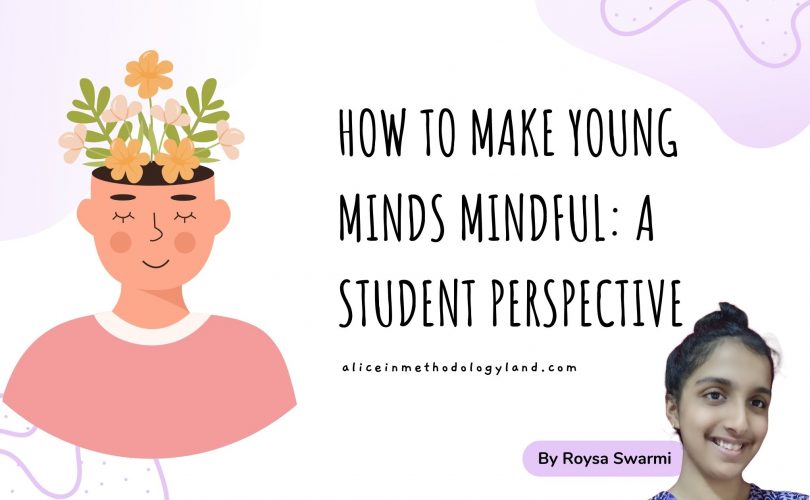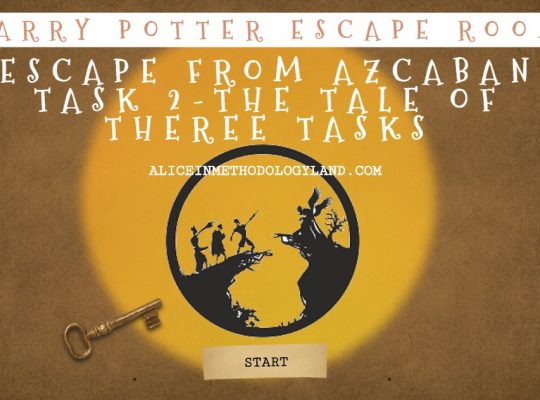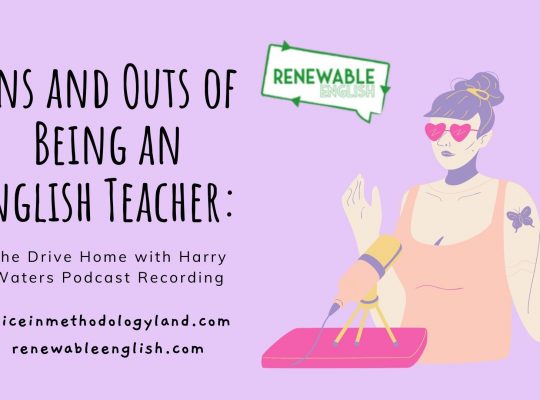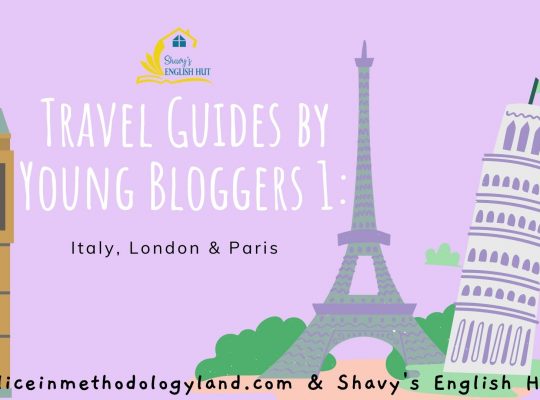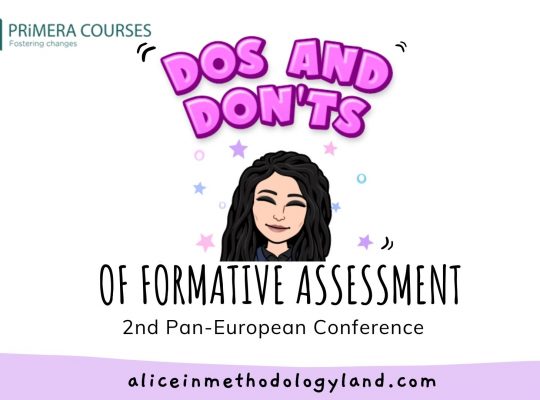Hello, my dear colleagues! I am super excited to share this brand new article by our young student writer contributor, Roysa Swarmi. Roysa has a love for writing and she has volunteer experience in educations as a workshop leader and teacher assistant in special needs and general classrooms. Roysa is now completing her high school education and planning to go on to a medical university. Her writing is shared the same way she sent it, without any edits because we want to keep the individuality and the voice of our article contributors. Enjoy reading about mindfulness in the classroom from her perspective!
“There’s no one as mindful of his surroundings as a baby, and that’s why babies are the best learners.”
When school begins, the frivolous pouring of students into their classrooms marks the beginning of a fresh, new day. After the exuberant chatter and commotion of the morning, it’s surely challenging to bring students back into the learning environment. Mindfulness is an excellent way to engage students and help them learn better and with a fresher perspective. It enhances concentration, activates the logical parts of the brain, and helps students learn to their full potential. In the post-pandemic period, teachers and students alike have been going through anxiety and stressful situations more than ever.
While mindfulness might seem pretty hard to incorporate into your daily school schedule, it is actually pretty easy. As a student, I believe that mindfulness and meditation are the only things that save me from complete burnout. In schools, mindfulness exercises don’t have to be conspicuous; they can be brought into the learning environment in simple bite-sized ways. Here are five such ways:
1. Take a Walk
Something as simple as taking a walk around the school campus and encouraging your students to observe their surroundings or look for certain things can promote greater awareness. Take part in nature walks, and ask your students to identify the surrounding objects or point at different colors. Encourage them to be inquisitive and find new things.
2. Meditation and Mindful breathing
Of course, yoga and meditation are cliche ways of introducing mindfulness techniques. Deep breaths activate the parasympathetic nervous system, which also calms the mind. The school schedule can include five minutes of meditation after each hour of school.
3. Drawing and Mindful Coloring
Drawing and mindful coloring can also be excellent ways of encouraging mindfulness in classrooms, especially in art classes. Give your students coloring pages, and encourage them to be aware of the color they’re using and color along the lines. Also, allow them to choose their color and be creative!
4. Texture and Picture Descriptions
Mindfulness can be an aid to language learning. Texture and picture descriptions encourage good observation skills and greater awareness. Blindfold your students and give them a textured object. Ask them to describe what they feel in a few sentences. You can also give them a picture and ask them to describe what they see in their words. Remember, there is no right or wrong answer!
5. Mindful imagination
Mindful imagination is an excellent way to not only build creativity but also encourage mindfulness. A popular technique for the same is colorful breathing. Ask your students to choose a color that represents the emotion they wish to feel. Ask them to gently close their eyes, breathe at a gradual but comfortable pace and visualize the color they chose surrounding them in all directions. As they breathe deep, they should feel the color they chose entering their body, flooding it and making them feel calm and relaxed. This technique can be used by students and teachers alike and can induce various benefits.
To conclude
The above methods can and should be used by teachers and students alike. Mindfulness is an excellent technique to enhance productivity during school hours and encourage teachers and students to do their best. It can be incorporated easily and can aid learning, so why not? Whenever your students are stressed, anxious, upset, worried, or just unable to concentrate, the only thing you have to do is encourage them to “breathe in, breathe deep, breathe through and breathe out.”

Roysa Swarm is a student at Delhi Private School Dubai, currently studying in the 12th grade.
She has earned many awards, including the Scholar Badge Award eight times, the Wizkid Award seven times, the Academic Excellence Award twice, and the External Examination Award once. She believes in the inclusion of children with special needs in educational programs. In December 2021, she volunteered at Tender Hearts Dubai, a special needs organization, where her role was teaching, caregiving, and organizing games and activities for children with special needs.
A strong believer in positive thinking, she has found great benefits in implementing wellness measures in her own life, including meditation and yoga.

